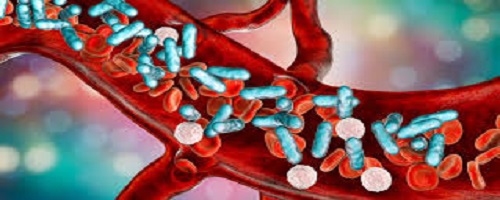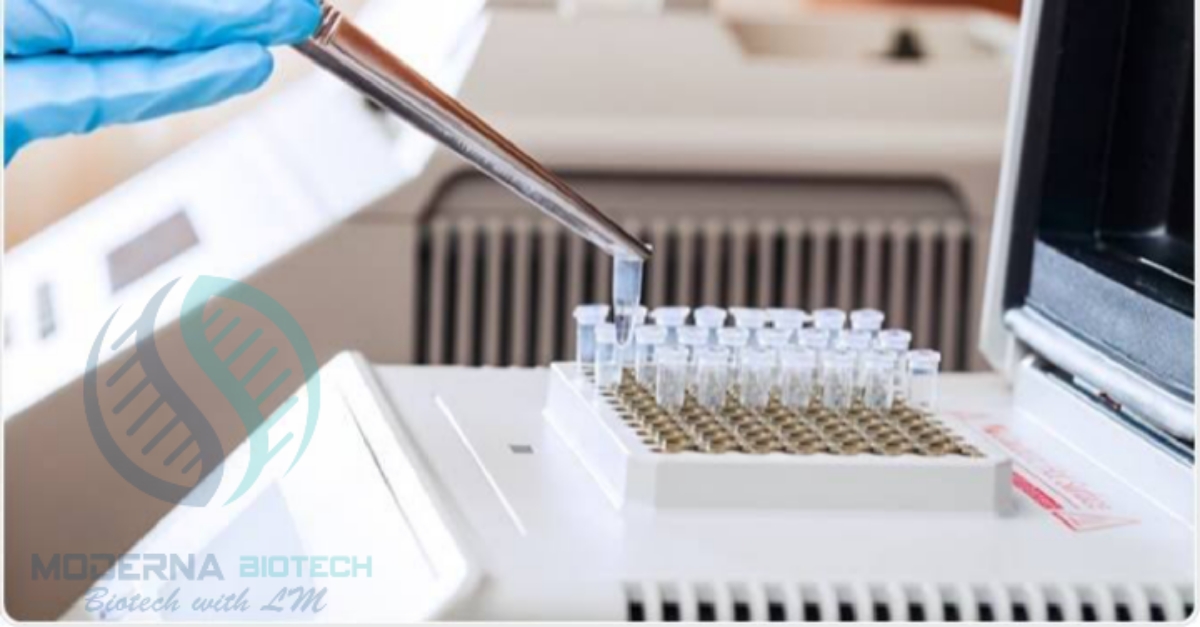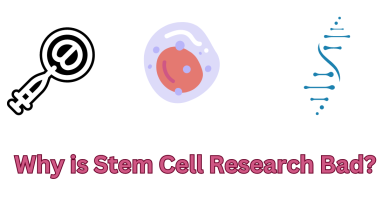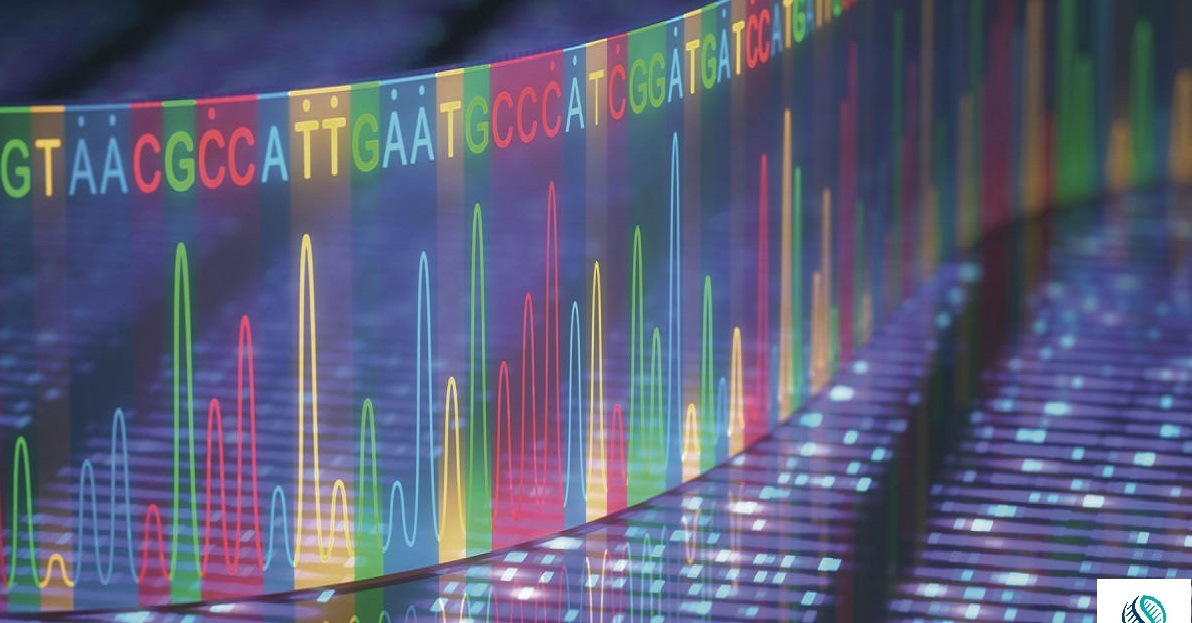How nanotechnology is used in medicines – 2024

Nanotechnology is mainly the production, design, and application of systems, devices, and structures by manipulation of shape and size at the nanometer scale.
Or Nanotechnology is the handling of matter on an atomic, molecular, and supramolecular scale.
How Nanotechnology is used in Medicines?

More applications:
Nanotechnology is used for the bio-detection of pathogens.
Nanotechnology has applications in tissue engineering and the probing of DNA structure.
It is also used for the destruction of tumors through heating.
It is used in phagokinetic studies and help in the separation and purification of biological material and cells.
A biosensor is another field that is swiftly changing because of the input from nanotechnology sensors and has its applications in several other areas like in vivo and in vitro diagnostics. It has enormous effects on the specificity and speed of determination of biomarkers in body fluids. \
Drug delivery uses nanoparticles that help to restore the continuously decreasing output of new drugs by pharmaceutical companies and also help to improve the effectiveness of existing drugs. This is how nanotechnology is used in medicines.
How can nanotechnology be used in coronavirus treatment?
- Nanotechnology embraces great potential in offering advanced solutions to a wide range of problems concerning the prevention, diagnosis, and treatment of coronavirus, in which nanotechnologists play an important role.
- Nano drugs can dramatically contribute not only to medicine and pharmaceutics but can also appear as promising solutions to stop the deadly coronavirus (COVID-19) outbreak all over the world.
- Nanoparticles have the capability to intercept the pathogens and viruses due to the probable surface modification and functionalization
- The COVID-19 outbreak causes global pressure on modern societies and chiefly healthcare-related infrastructure. Nanotechnology brings new projections for developing affordable and scalable detection methods, safe personal safety equipment, and new effective medical solutions.
How nanomaterial make a difference?
- It might be possible that nanoparticles can make a difference due to their size and exaggerated properties. These properties induced by the severe increase in surface area to volume ratio. The coronavirus structure reveals resemblances with nanoparticles. The idea is nano-scale particles, as small as the virus, can interrelate with spike proteins. Or bind to them with the subsequent disruption of the viral structure through applying electromagnetic radiation primarily infrared light. The resulting structural destruction can overpower the ability of the virus and its genome to proliferate and reproduce within a host.
- At the prevention stage, nano-fiber-built facial respirators, along with nanotechnology-allowed highly effective antimicrobial and antiviral antiseptics. Nanofibers have been the first personal protective means that can stop the extent of the virus. Moreover, extensive research is started to develop a vaccine for COVID-19 based on different nano-materials. In diagnostics, nanotechnology has shown substantial promise in designing sensors for developing quick-response COVID-19 tests. Last but not least, at the treatment stage, nanomedicines have been the focus of many researchers’ attention, some of which are now being studied in clinical trials. Hence, nanotechnologists are carrying out their social duty to tackle the current global health emergency.
How RNAi is effective against novel Coronavirus?
siRNAs can control the expression of genes, by a phenomenon referred to as RNA interference (RNAi). Based on the phenomenon, the siRNA-built therapeutics have been developed and used for anticancer, antiviral, and genetic diseases. Due to its antiviral effect, it will be an effective solution to novel coronavirus.
RNA interference technology has been effectively used as a more specific and proficient method for gene silencing. RNA interference is made by small interfering RNA. It can inhibit the expression of viral antigens and so make available a new approach to the therapy of pathogenic viruses.

Drug candidates currently being tested:
There are various drugs currently being tested which include antiviral, anti-malarial, and anticancer agents. These drug candidates are undertaking clinical trials, and their effectiveness against SARS-CoV-2 has yet to be proven. Under such a condition, siRNA based treatment can give an effective solution in combating COVID-19
Despite the disease outbreaks of COVID-19 and the high rate of spread in humans, there is no particular treatment for the COVID-19 at present. Therefore, for the treatment of COVID-19 siRNA based therapy can be developed against the novel coronavirus SARS-CoV-2. It must be developed where siRNAs can hit the highly conserved area of SARS-CoV-2 RNA. And also can act as an inhibitor to overpower the genetic disorders of the lungs. This method could help to achieve a better treatment goal that can reduce the pandemic threat of COVID-19.



